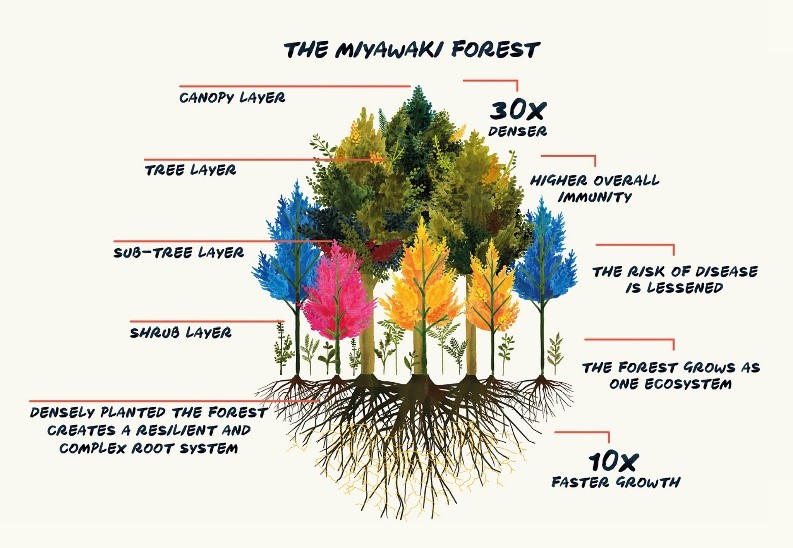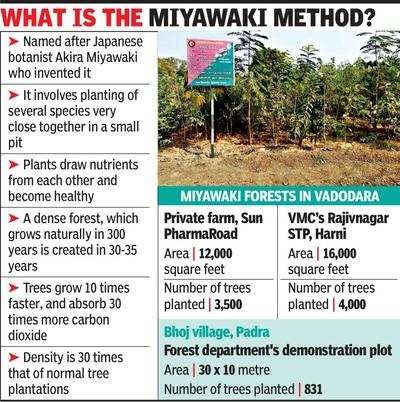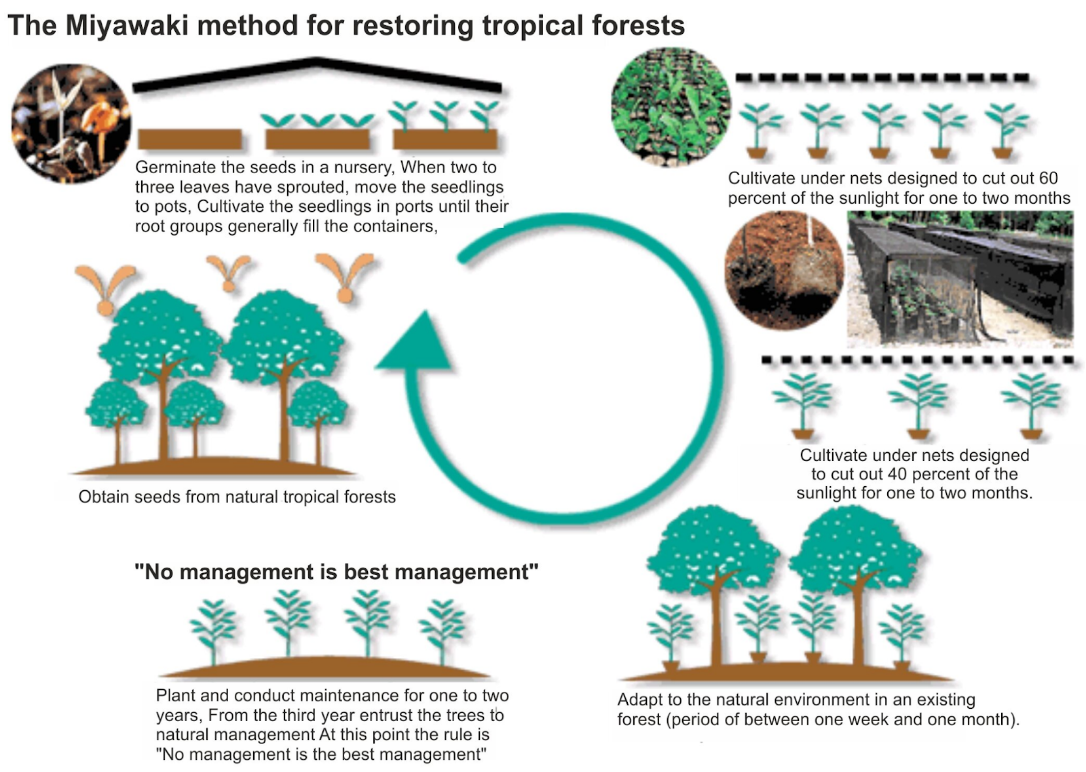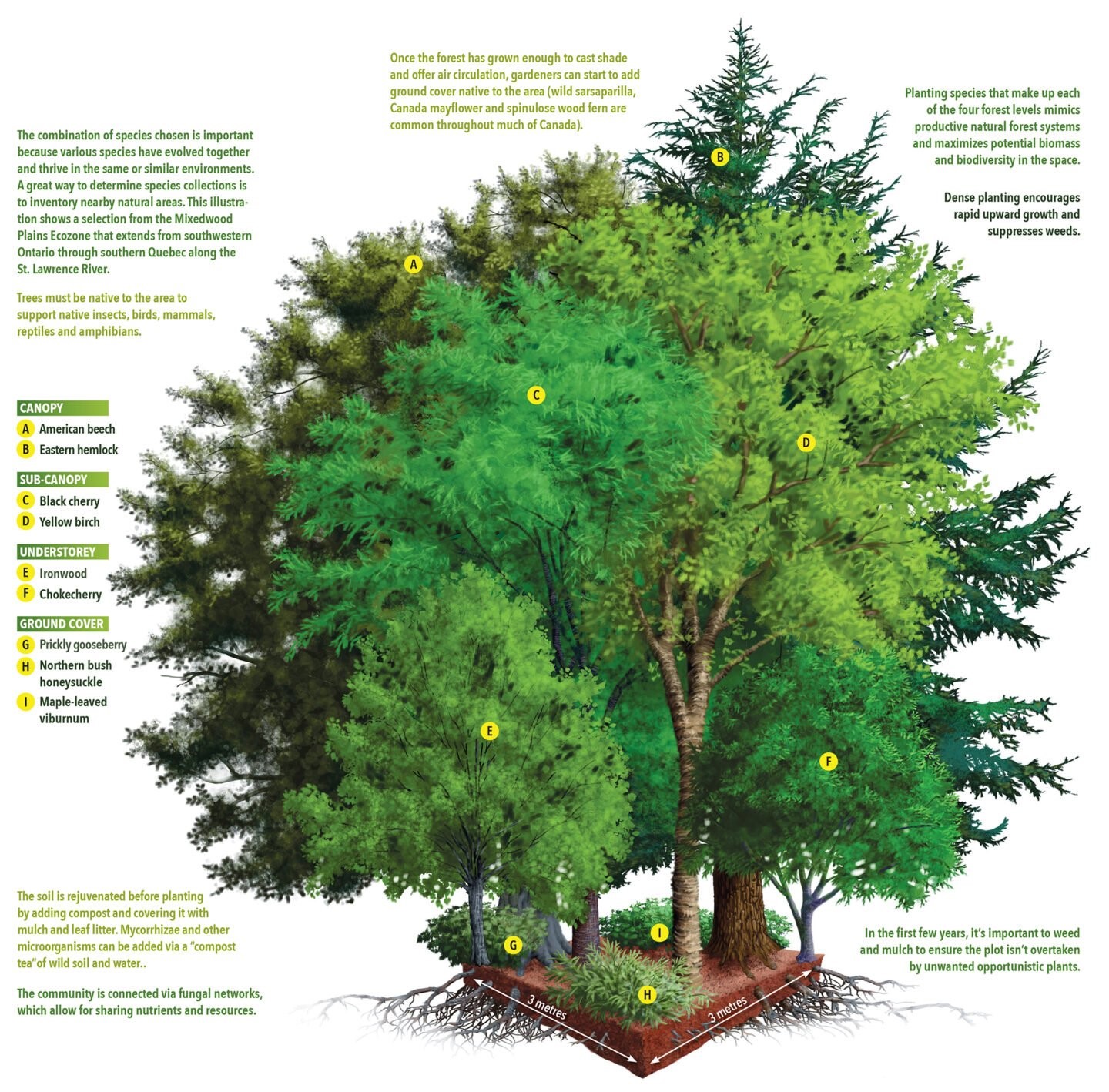Free Courses Sale ends Soon, Get It Now


Free Courses Sale ends Soon, Get It Now



Disclaimer: Copyright infringement not intended.
Context

Miyawaki Method
About
Development
Steps involved
The method involves the following steps:

Implementation
The benefits of a Miyawaki forest
Ecological benefits
Cost-effective

Carbon sequestration
Prevents calamities
READ MORE ON MIYAWAKI METHOD: https://www.iasgyan.in/daily-current-affairs/miyawaki-forests#:~:text=It%20starts%20with%20Identification%20of,using%20compost%20tea%20and%20straw.
|
PRACTICE QUESTION Q. Consider the following statements with reference to Miyawaki Method: 1. Miyawaki forests have a much greater biodiversity – above ground and below. 2. In this technique, after three years saplings become maintenance-free or self-sustainable. 3. Miyawaki forests achieve ecological succession within 100 years. How many of the above statements are correct? A) Only 1 B) Only 2 C) All 3 D) None Answer: B) Only 2 Statement 3 is incorrect. Miyawaki forests achieve ecological succession within 20 or 30 years, compared to 100-200 years for a traditionally planted forest. |
© 2024 iasgyan. All right reserved